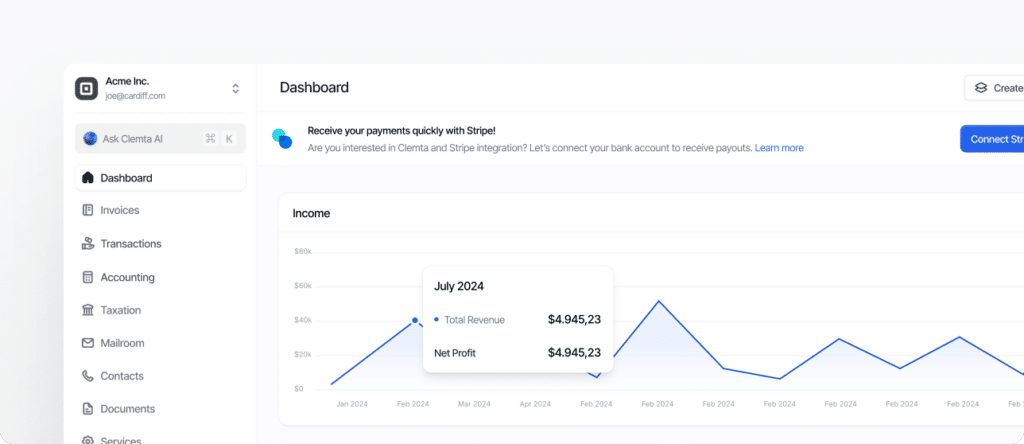An accounting method that spreads the cost of a long-term asset over its useful life, reflecting wear and tear and reducing taxable income over time.
What is Depreciation?
Depreciation is the process of allocating the cost of a tangible, long-term asset (like computers, machinery, vehicles, or office furniture) across its useful life. Rather than expensing the full purchase cost in the year of acquisition, U.S. accounting rules (and tax laws) allow businesses to deduct a portion of the asset’s value each year, reflecting its gradual loss in value over time due to usage, wear and tear, or obsolescence.
For example, if your company purchases a $5,000 laptop expected to last five years, you wouldn’t deduct the full $5,000 in year one. Instead, you might deduct $1,000 each year for five years, depending on the depreciation method used.
In the U.S., the IRS defines depreciation rules for tax purposes, including:
- Straight-Line Depreciation: The asset loses the same amount of value each year (simple and common in financial reporting).
- Accelerated Methods (e.g., MACRS): More depreciation is taken in the early years of the asset’s life, which can reduce taxes sooner.
- Section 179 and Bonus Depreciation: Allow immediate expensing of certain qualified assets (up to a limit), which is especially useful for startups with high upfront equipment costs.
For non-U.S. founders, depreciation is important to understand because:
- It impacts your taxable income (lower depreciation = higher taxable profit).
- You must track all depreciable assets, even if you manage your U.S. company remotely.
- Accounting and tax rules for depreciation may differ from your home country, so it’s essential to follow IRS-specific guidelines when filing U.S. taxes.
Only assets with a useful life of more than one year and a business use are depreciated. Items like inventory or small office supplies are generally expensed immediately instead. Intangible assets (like software or trademarks) are usually amortized, a similar concept applied to non-physical assets.
Depreciation also plays a role in financial reporting. It reduces the value of assets on your balance sheet and shows up as a non-cash expense on your income statement, helping reflect the true cost of doing business over time.
In summary, depreciation is a key concept in both tax planning and financial accounting. For startups, especially those investing in equipment or tech, properly recording depreciation helps ensure compliance, lowers taxable income, and provides more accurate financial statements. If you’re using bookkeeping software or working with Clemta’s accounting team, depreciation schedules are often automated (but you’ll still need to supply accurate purchase information for any capital assets).

